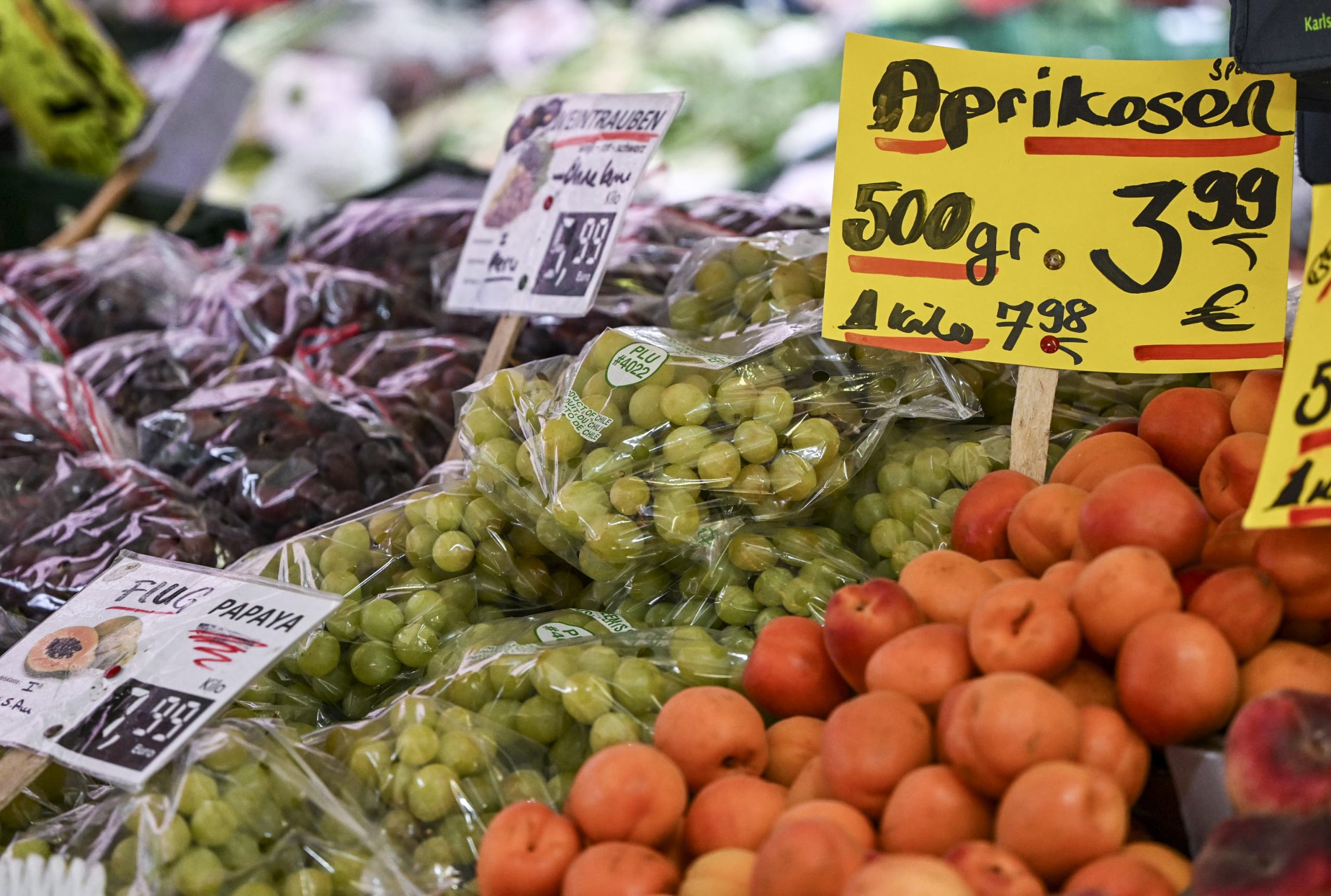
Germany’s inflation situation in 2025 paints an intricate picture of economic steadiness coupled with persistent undercurrents that resist simple interpretation. After several tumultuous years marked by soaring price levels, the nation now finds itself navigating a subtler path, where inflation hovers tantalizingly close to the European Central Bank’s (ECB) 2% target. This evolving landscape carries implications not only for everyday consumers but also for policymakers grappling with how best to sustain growth amid lingering pressures.
Examining recent data, the annual inflation rate in May 2025 registered at 2.1%, slightly above many analysts’ forecasts of a 2.0% harmonized consumer price index (CPI). While this deviation seems minor at first glance, it underscores inflation’s stubborn resilience despite signs of moderation since the sharp spike of 5.9% in 2023. The marginal drop from April’s 2.2% indicates a slow but steady easing rather than a dramatic retreat. The German Federal Statistical Office confirms this trend, reflecting that prices remain above normalized levels, suggesting that cost pressures have yet to fully dissipate for the average German household.
Digging into regional dynamics reveals a patchwork of inflation experiences within Germany’s federal states. For instance, Bavaria maintained a relatively stable inflation rate of 2.1% in May, implying balanced price pressures likely supported by stable local economic conditions and consumption patterns. Conversely, states like Baden-Württemberg saw a small but notable dip from 2.4% in April to 2.2%, while North Rhine-Westphalia experienced similar easing trends. These variations highlight how localized factors such as energy costs, supply chain nuances, and sectoral composition influence inflation differently across the country. Aggregating these into a national figure smooths over these disparities but risks missing the underlying regional subtleties that reveal where inflationary forces are concentrated or waning.
A sectoral breakdown further enriches understanding of the inflation puzzle. Historically, energy prices have played a crucial role in driving inflation volatility. In the early months of 2025, the decline in energy prices—particularly noticeable in February’s figure of 2.7%—provided some relief, pushing headline inflation downward. However, this respite is tempered by producer price index (PPI) data, which shows a nuanced divergence: while the overall PPI declined, the core PPI excluding energy recorded modest increases. This signals that some supply chains or industrial sectors may still face inflationary pressures, potentially seeding future cost increases if demand or supply disruptions emerge. Hence, while consumers might feel some easing at the pump and in utility bills, underlying manufacturing or wholesale price climbs remind us that not all inflationary flames have been fully extinguished.
These inflation dynamics play a critical role in shaping European Central Bank policy decisions. With headline inflation hovering near the 2% target, arguments for monetary easing are gaining traction, possibly setting the stage for an interest rate cut as early as September 2025. This would mark a shift from previous tightening aimed at reining in high inflation back in 2023. A more accommodative stance could support economic growth, which has been tepid after two years of contraction. Nevertheless, the ECB’s latitude for easing remains constrained by ongoing geopolitical tensions, especially in global trade, and uneven domestic consumption patterns. These complexities imply that while headline inflation figures may permit easier money, the bank must remain cautious to avoid prematurely loosening policy amid a fragile recovery.
Investor and market responses mirror this blend of cautious optimism and uncertainty. Despite unresolved risks such as the US-China trade negotiations and other geopolitical flashpoints, European stock markets have shown resilience, buoyed in part by expectations of lower interest rates as inflation moderates. Yet, the durability of this recovery is questioned; the deceleration in inflation might simply reflect temporary factors rather than a robust economic turnaround. This tension keeps markets alert, balancing enthusiasm for easing policies against the risk of a relapse into stagnation or renewed price shocks.
In essence, Germany in 2025 stands at a crossroads defined by a careful balancing act between inflation pressures and monetary policy responses. The decline from last year’s peaks toward the ECB’s target is encouraging, yet significant regional and sectoral disparities demand continued vigilance. Energy cost reductions have provided welcome relief, but core inflation trends serve as a reminder that underlying economic stresses persist. Policymakers encounter a delicate scenario, needing to foster stability and growth without undermining the progress made in controlling price increases. As Germany moves forward, keen attention to regional data, sector-specific trends, and global economic developments will be essential in charting a path toward sustained inflation control and economic resilience.

